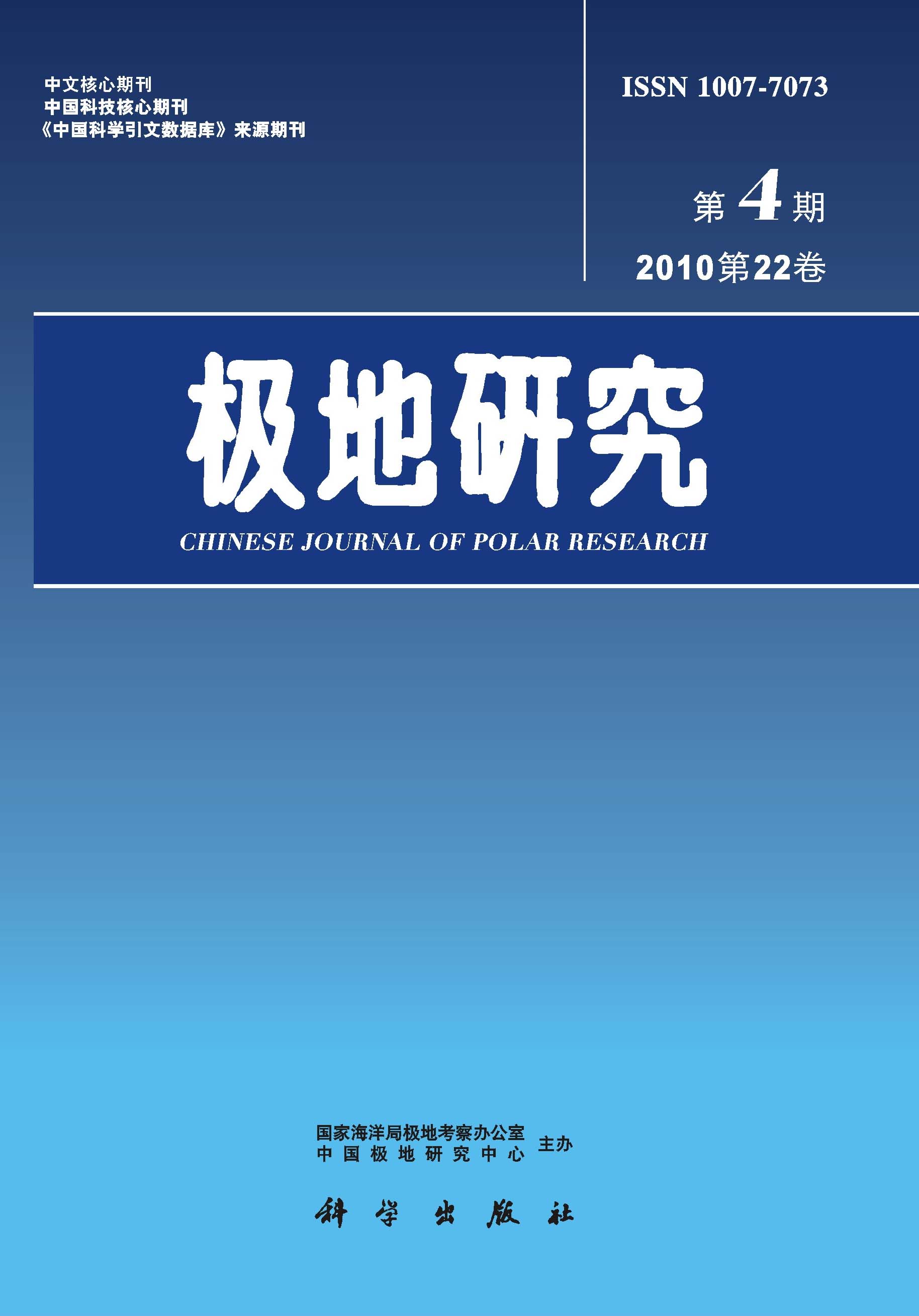Environmental background values are indicated as the contents and occurrence states of chemical elements in the basic units of the environment, such as in rocks, soil, water, atmosphere, biosphere, etc. non-mineralized and undisturbed by exotic substances under the normal conditions. They reflect the inherent characteristics of the chemical composition of these units of the environment in their developmental process. The Antarctic continent, as an original environment not or seldom influenced by human beings, is an ideal area for study of the background values of the environment. With the rapid development of investigations by various countries, it is an urgent task at present time to explore the background values of the environment on Antarctica in order to make the environment policy for keeping the "clean earth ", the Antarctic continent intact. This paper presents the preliminary results on main chemical composition of basic units of the environment, such as rocks, primitive soil (weathering crust) , sediments, ground water, meteoric water, aerosol, biosphere, etc in the Fildes Peninsula area of the King George Inland. and the methods for physical and chemical analysis of them. The study provides a scientific basis for making an evaluation of the environmental quality, setting up standards of an environment, and studying the regularties of migration and transition of chemical elements, as well as for the reasonable development and utilization of the resources on Antarctica in the future. The research is supported by the National Natural Science Foundation of China.

